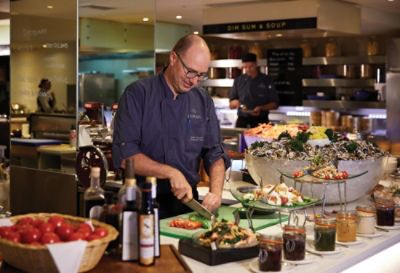Enjoy a 5-star experience at Cordis, Auckland with our signature Dream Beds and thoughtfully designed interiors across 640 stylish hotel rooms and suites.
READ MORE
HEALTH CLUB
MEMBERSHIPS
-
6 month membership
-
Two 30 minute massage vouchers
-
Two guest passes
-
Exclusive Membership Privileges
-
12 month membership
-
Two 60 minute Chuan Harmony massage vouchers
-
Two dining vouchers at Eight
Mon-Thurs Dinner only, (excl. public holidays) -
Six guest passes
-
Exclusive Membership Privileges
* Terms and Conditions apply. Please contact our Health Club Concierge for details.
Complimentary valet parking (up to 2 hours) from 5.00am - 9.30pm daily.
Access to gym from 5.00am - 9.30pm
Access to Spa facilities, including the Chuan Tri-bathing ritual, heated swimming pool and spa pool from 6:00am to 9:30pm
15% off Chuan Spa treatments (Mon-Fri)
10% off Spa retail
15% off Cordis restaurants and bars









24 Hours, daily
Level 2, Cordis, Auckland
Please enquire with our friendly Chuan Spa team.